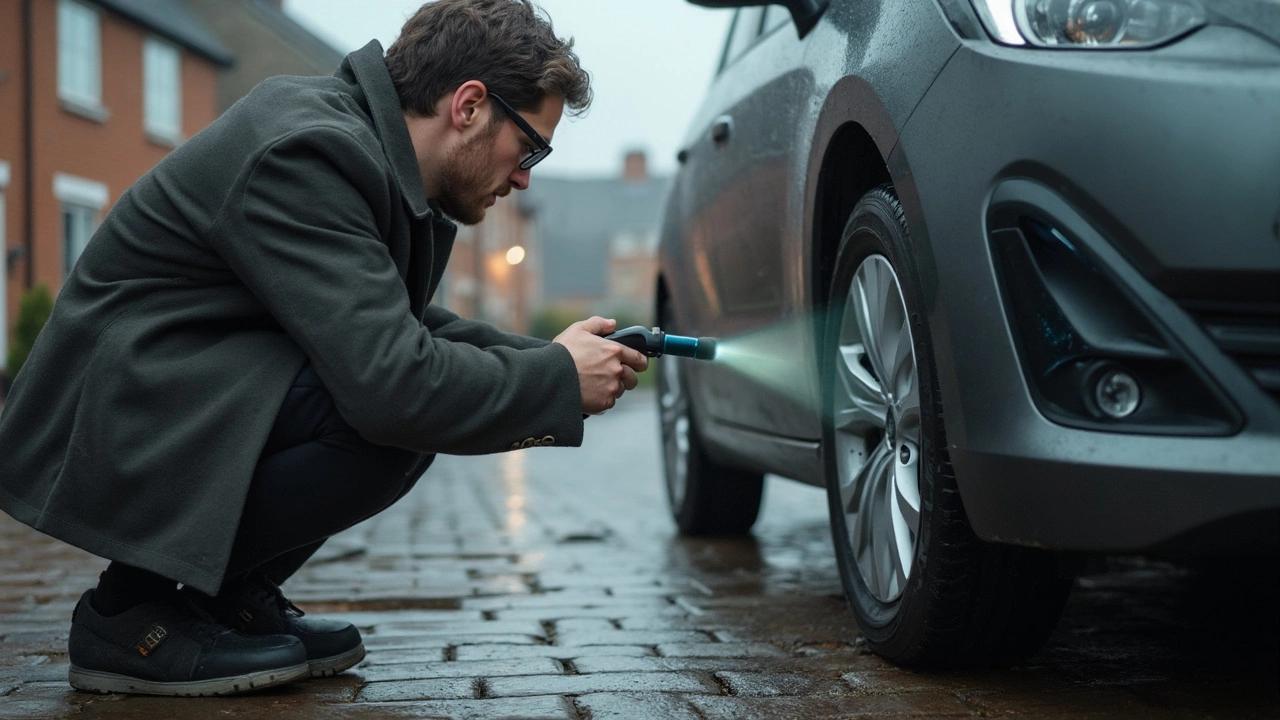Brake Replacement: Everything You Need to Know
When dealing with brake replacement, the process of removing worn brake components and fitting new ones to bring stopping power back to safe levels. Also known as brake service, it is a core task for anyone who wants reliable control on the road. Brake replacement isn’t just swapping parts; it ties directly to brake pads, the friction material that presses against the rotor to slow the wheel. In fact, brake replacement encompasses brake pad replacement, because without fresh pads the whole job falls flat. Knowing when pads are due, how they differ by material, and what mileage signals wear will save you from surprise squeal and longer stopping distances.
Choosing the Right Rotors and Deciding Between Resurfacing or Replacement
The next piece of the puzzle is the rotor. Brake rotors, the metal discs that the pads clamp onto to create friction dictate heat dispersion and overall brake feel. When rotors become scored or thin, you face a decision: resurface them or replace them outright. Resurfacing can be cheaper, but only works if the disc still meets thickness specs and isn’t cracked. Replacement guarantees a fresh surface and often restores original performance, especially after intense driving or heavy load use. Here, brake replacement requires evaluating rotor condition because a weak rotor will ruin even brand‑new pads. Understanding the cost difference – a few pounds for a grind versus a full part price – helps you choose the safest, most economical route.
Beyond pads and rotors, brake fluid, the hydraulic fluid that transfers pressure from the pedal to the calipers plays a silent yet crucial role. Over time fluid absorbs moisture, reducing boiling point and risking brake fade under heavy braking. Good brake replacement practice includes flushing the system and refilling with fresh DOT‑specified fluid. Pair this with a check of the calipers – the pistons that push the pads – and you’ve covered the main hardware that influences stopping distance. Fresh fluid, healthy rotors, and proper pad selection together create a brake system that feels firm and responds quickly.
Below you’ll find a hand‑picked set of articles that dive deeper into each of these areas – from how often to change brake pads, to the exact cost of rotor resurfacing, and even signs that your brake fluid needs swapping. Use the guides to spot wear early, budget wisely, and carry out the work with confidence.

Brake Pads: How Can I Tell If My Brakes Need Replaced?
Jun 15 2025 / Brake PadsWondering if your car needs new brake pads? This article dives straight into real signs and symptoms your brakes are due for replacement. You'll learn what noises, feelings, and even dashboard signals to watch for, and discover easy, practical checks to do at home before calling your mechanic. Helpful tips and must-know facts are included so you don't end up with costly repairs down the road. Stay safe and keep your car running smoothly by knowing when it's time for fresh brakes.
VIEW MORE
Can You Drive a Car with Bad Brake Pads? Risks and Realities
May 27 2025 / Brake PadsEver wondered if you can still drive your car with worn-out brake pads? This article breaks down what really happens when your brake pads go bad, how it affects your safety, and the warning signs you shouldn't ignore. We’ll talk stopping distances, repair tips, and why waiting could cost you more than just money. Get clear answers to the risks—before you hit the road. Your brakes aren’t just metal parts; they’re your only line between a close call and a collision.
VIEW MORE